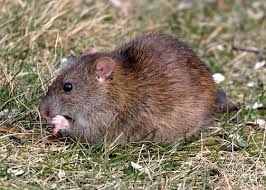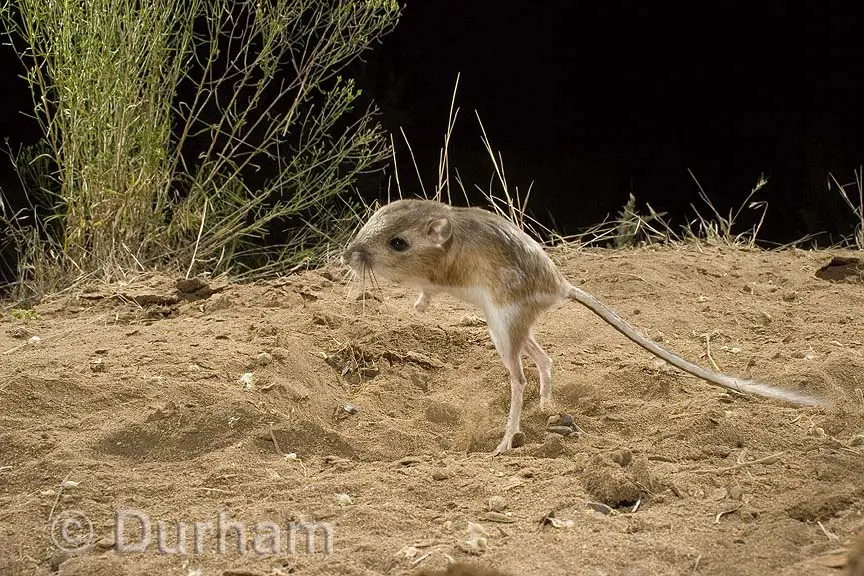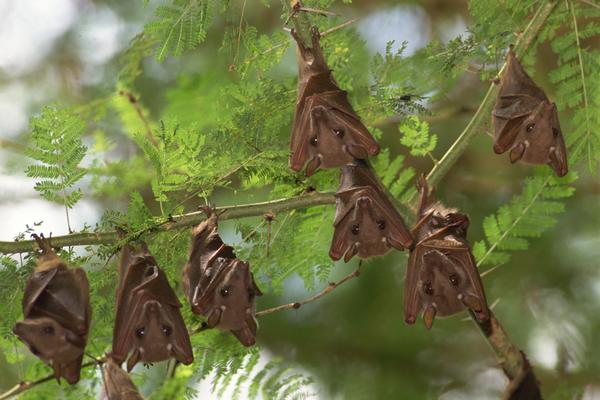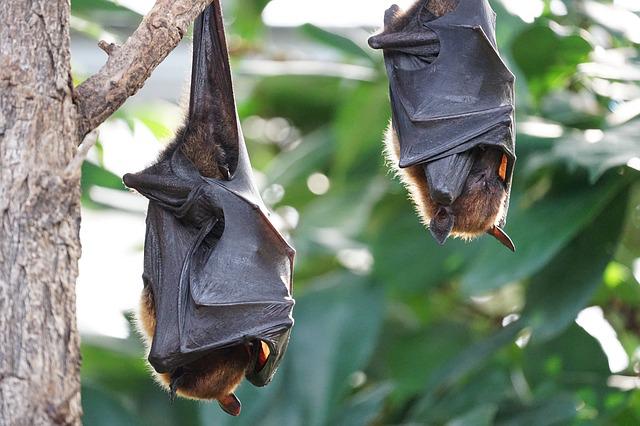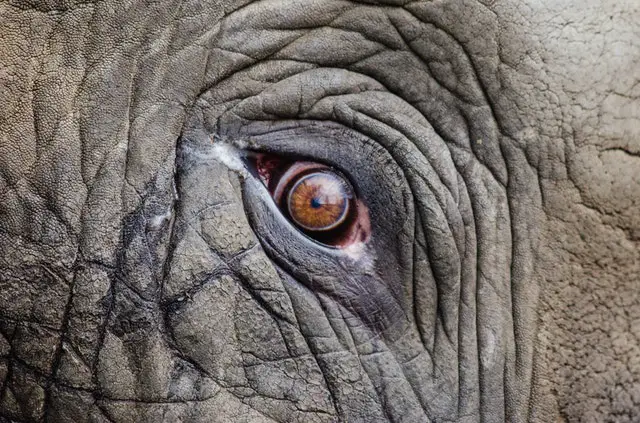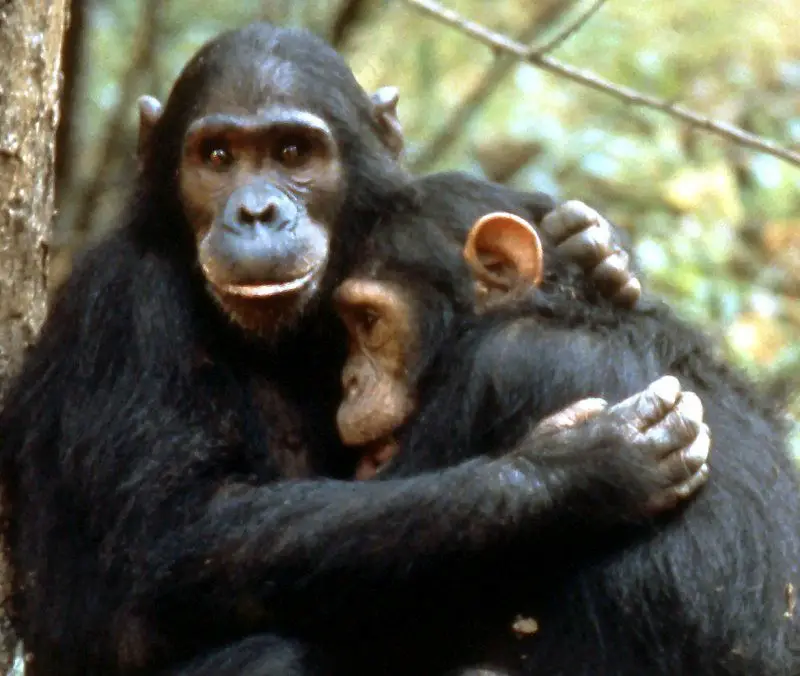Check out the list of critically endangered animals in Australia. There are many animals in the world that are at the verge of extinction. These are known as endangered animals. Most of these species are dying due to the fact that world is changing too fast. Part of a reason was that new roads and highways were built with the passage of time thereby aggravating the wildlife. Some other causes include poaching, extreme hunting, habitat loss, and road accidents. Other unnatural causes include the use of pesticides to control insects or poisoning food and water. Forests are cut down and then there is nowhere to hide and be safe.
Critically Endangered Animals in Australia
Numbat
The numbat (Myrmecobius fasciatus), also called banded anteater is a marsupial native to the Western Australia. The numbat primarily feed on termites and once they were common all throughout the southern Australia. Today, these are classified as critically endangered species. The numbat is also an emblem of Western Australia. They can grow to a size of 35 – 45 cm (14 – 18 inches) including tail which can be as long as its own body. The numbat weighs around 280 – 700 grams (9.9 – 25 oz). The color of the numbat ranges from reddish-brown to soft grey. Numbat is diurnal. They have five toes on the forefeet and four on the hindfeet.

Tasmanian Devil | Endangered Animals in Australia
The Tasmanian devil (Sarcophilus harrisii) is a carnivorous marsupial belongs to the family of Dasyuridae. These animals are now found in the wild only and are native to Tasmania. They have a keen sense of smell and have a strong muscular body like a small dog. It follows that the Tasmanian devil once migrated from South America to Australia. When the mating season begins, the males will fight with each other for the females as they are not monogamous. The female litters 20 to 30 live young during her entire lifetime. The gestation period lasts for three weeks. Devils are classified as endangered species by IUCN.

Image Courtesy of tazdevilwine.com
Bulmer’s Fruit Bat | Endangered Animals in Australia
The bulmer’s fruit bat (Aprotele bulmerae) is a megabat native to New Guinea. These bats are classified as critically endangered species possibly due to the habitat loss and extreme hunting. The adult female weighs around 600 grams (1.3 lb). They are found in caves of mid-montane forests. They are known to exist at a range of 1800 – 2400 meters (5800 – 7900). These bats are well adapted to the cool temperatures. The birth usually occurs in the month of April. These species are primarily frugivores and they mainly feed on figs. They are nocturnal and come out only at night but they can leave cave when if disturbed.
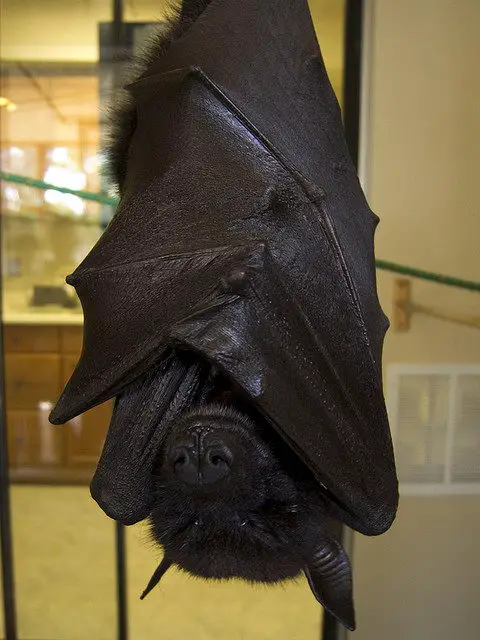
Image Courtesy of searchdictionaries.com
Banded Hare Wallaby
The banded hare wallaby (Lagostrophus fasciatus) is a marsupial that inhabits to the islands of Bernier in Western Australia. A handful number of these species have also been discovered in Faure Island. They belong to the subfamily of Sthenurine. The banded hare wallaby is nocturnal and is known to exist in groups. They are sociable animals. They are more readily found in the Acacia ligulata scrub. The males are really aggressive. The mean weight of these animals measures around 1.7 grams, with females being heavier than males. The length of the banded hare wallaby measures at 800 g including tail.

Image Courtesy of sharkbay.wa.gov.au
Woylie | Endangered Animals in Australia
The Woylie (Bettongia penicillata) also called brush-tailed bettong is a small marsupial which is associated with the genus Bettongia. These animals are native to Australia. The Woylie measures only 30 to 35 cm in height, with tail measuring at 30 cm. The fur displays yellowish-brown color with a patch of paler fur on its belly. There is no hair on its muzzle. Once they lived almost 60% of the Australian mainland but now they are limited to less than 1% only. Formerly, they inhabited all along the southwest Eastern Australia, central New South Wales, and Victoria. They were believed to be abundant in the middle of the 19th century. They are nocturnal species and are known to breed all year round. The average lifespan of woylie is 4 – 6 years.

Image Courtesy of Gus Nab (Flickr)
Central Rock Rat | Endangered Animals in Australia
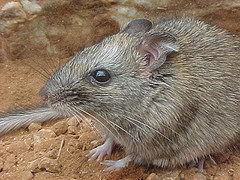
Image Courtesy of Flickr
Central rock rat is a medium sized rodent and was thought to be extinct until 1996 when it was rediscovered. These rodents are characterized by their yellowish-brown color and have Roman noses. The length of the tail is almost as long as its entire body. The central rock rat weighs around 70 to 120 grams. These species predominantly feed on grasses, forbs, shrubs, and seeds. They are native to central Australia and are largely associated with the tussock and hummock grasslands with open grasslands. The central rock rat is classified as critically endangered species by the IUCN.
Recommended Reading: Australia Facts for Kids

